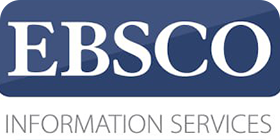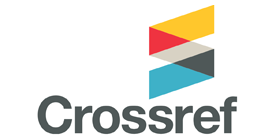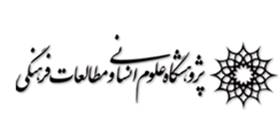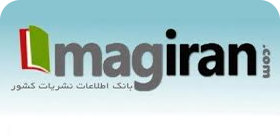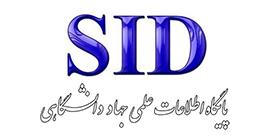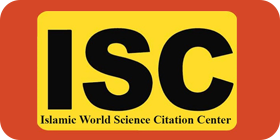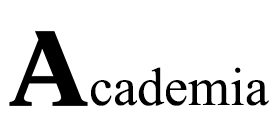The Material Culture of Iranian Identity: A Comparative Study of the Attitudes and Behaviors of Residents in Afjeh Village, Tehran, and Nobandian Village, Baluchestan Regarding National Identity, Ethnic Identity, and Symbolic Goods
Keywords:
symbolic goods, national identity, ethnic identity, material culture, cultural communicationAbstract
Purpose: This study aims to compare the significance of ethnic identity, national identity, and symbolic goods among the residents of Afjeh village, influenced by Tehran's multicultural identity, and Nobandian village, home to indigenous Iranian ethnic groups in Baluchestan. Methods and Materials: This research employed a quantitative survey approach to allow a more precise comparison of symbolic goods. From a practical perspective, it is applied research and falls under interdisciplinary studies. To test the relationships between identified indicators, an independent samples t-test was used. Findings: The findings indicate that the residents of Nobandian demonstrate a stronger sense of attachment to their ethnic identity but place less importance on national identity compared to the residents of Afjeh. Additionally, the Nobandian residents are more engaged in the production, sale, education, and promotion of symbolic goods. Conversely, the emphasis on ethnicity and the use of symbolic goods are less pronounced among the residents of Afjeh. Conclusion: The results highlight that the nature of attachment to ethnic and national identities and the importance of symbolic goods are subject to constant change due to their fluidity. Changes in social, cultural, and political factors in each region alter the level of importance attributed to ethnic identity, national identity, and symbolic goods. Thus, the more stable the cultural, social, and political foundations of a region, the more stable ethnic identity, national identity, and symbolic goods become.


